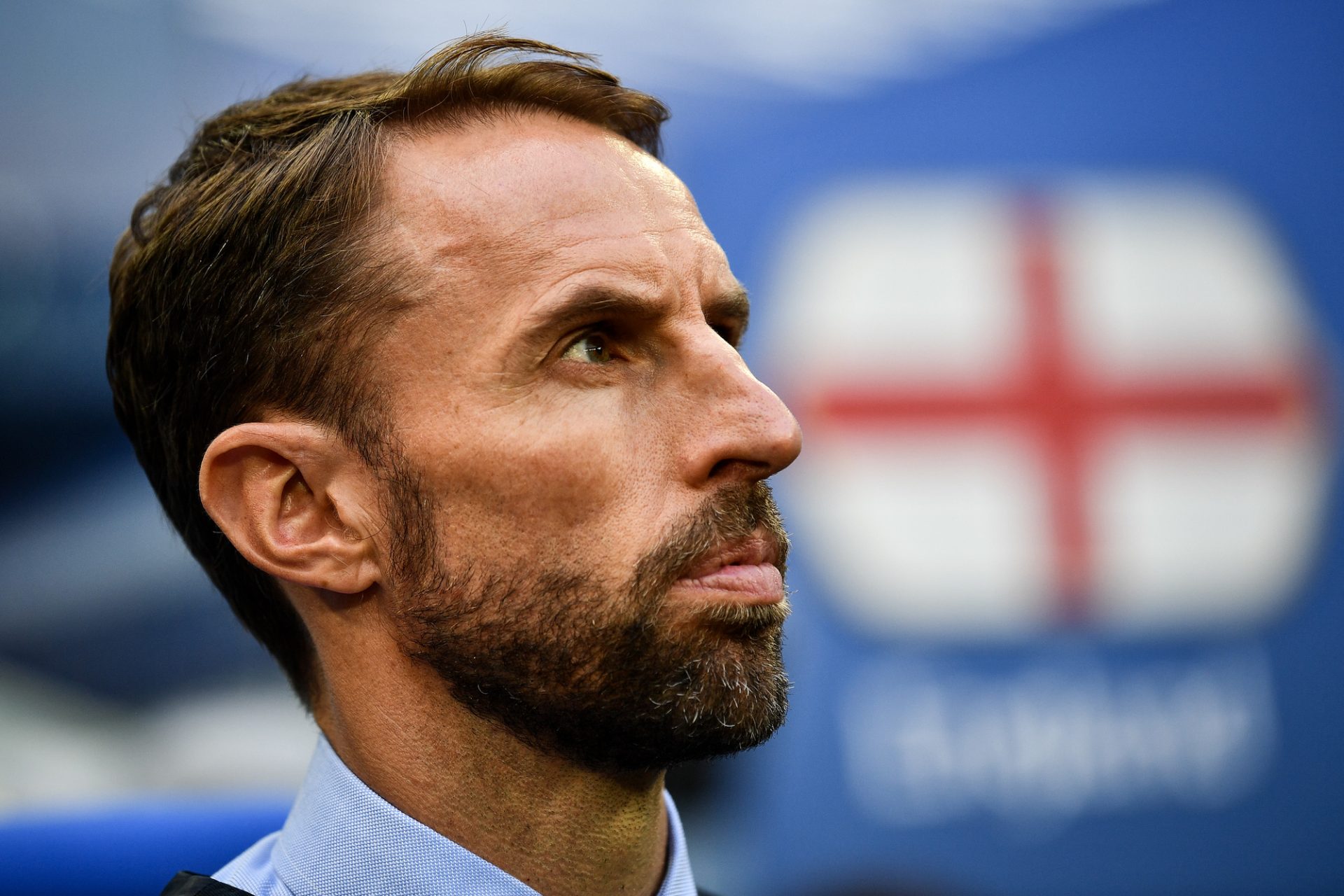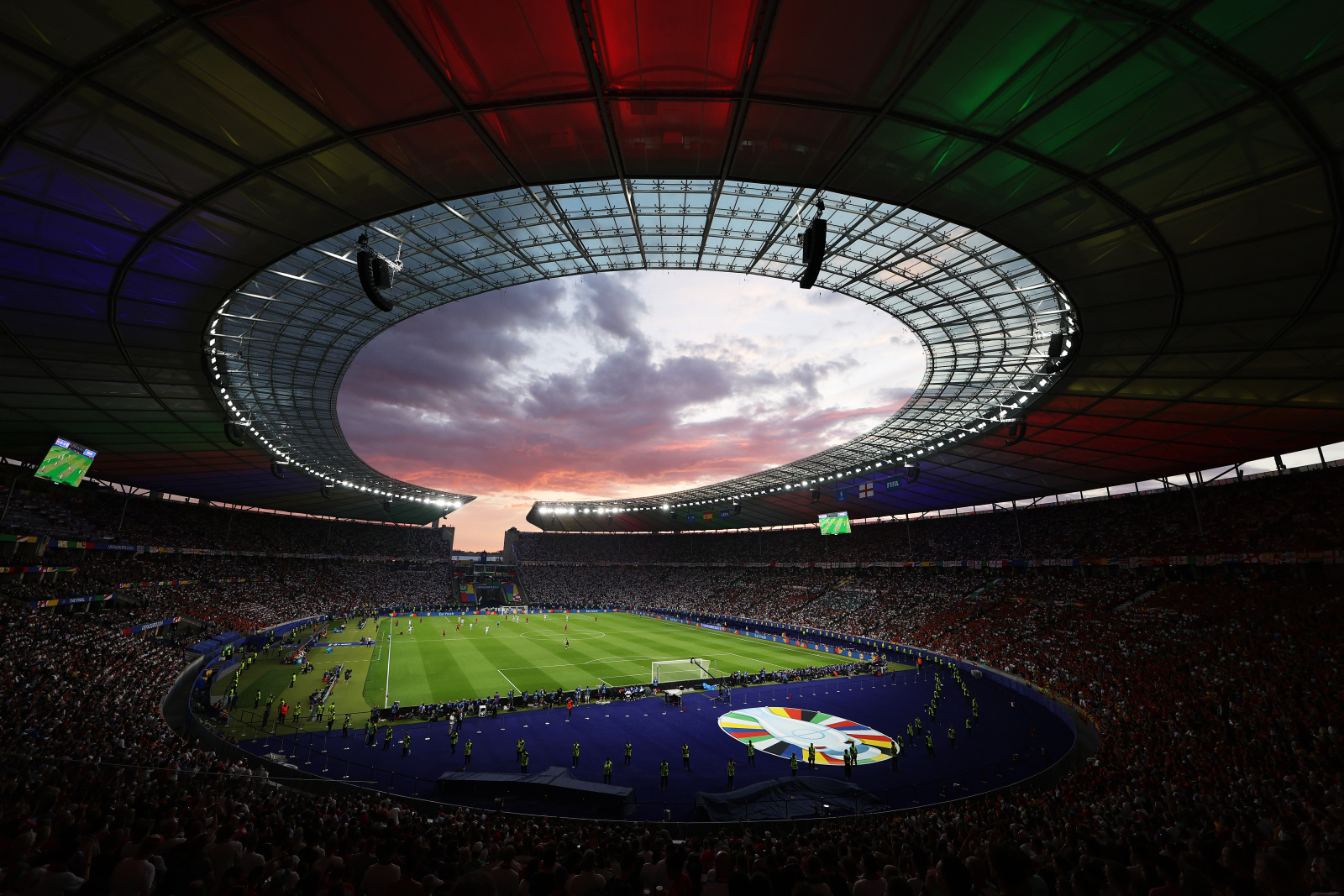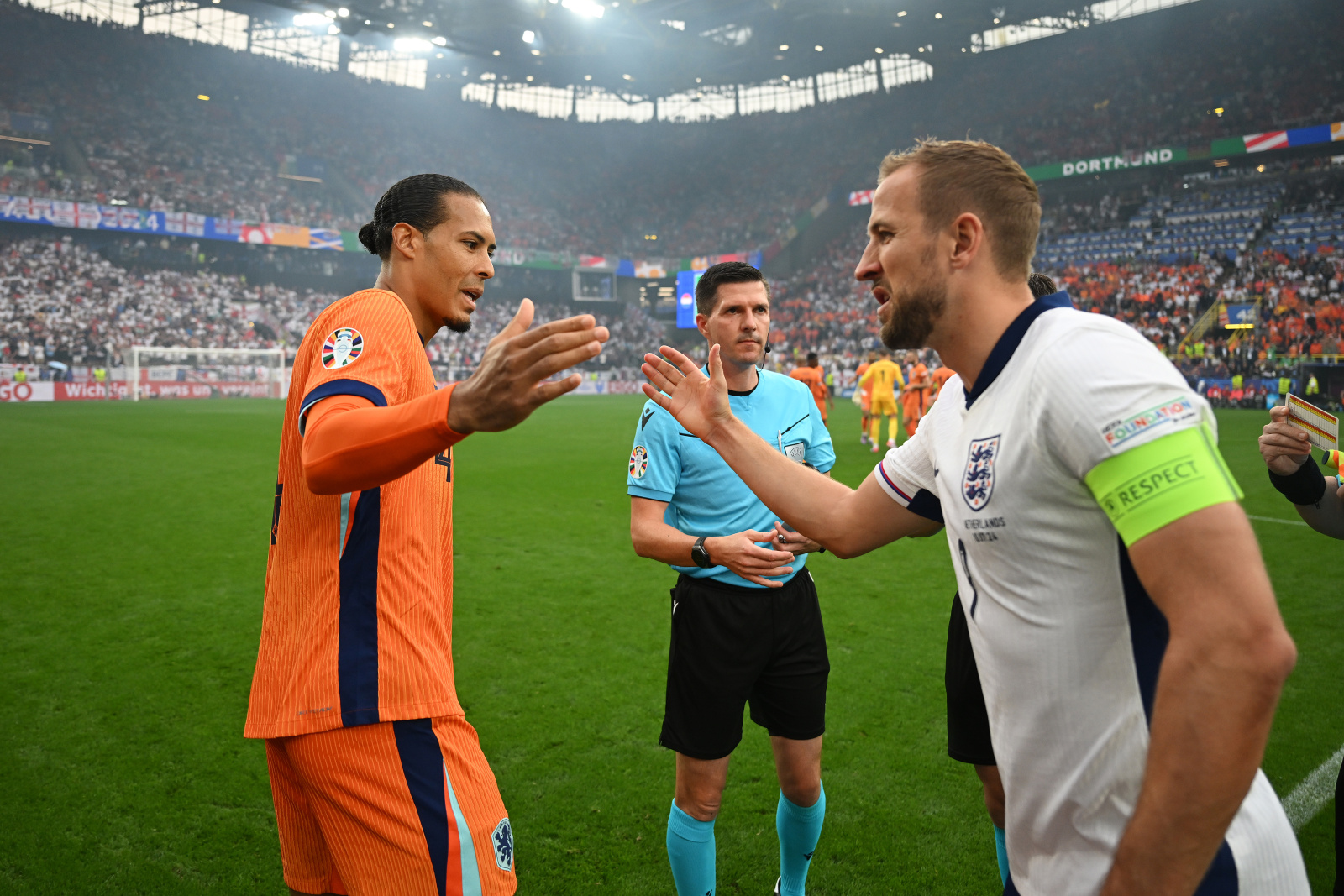Is The FIFA World Cup Real Gold?
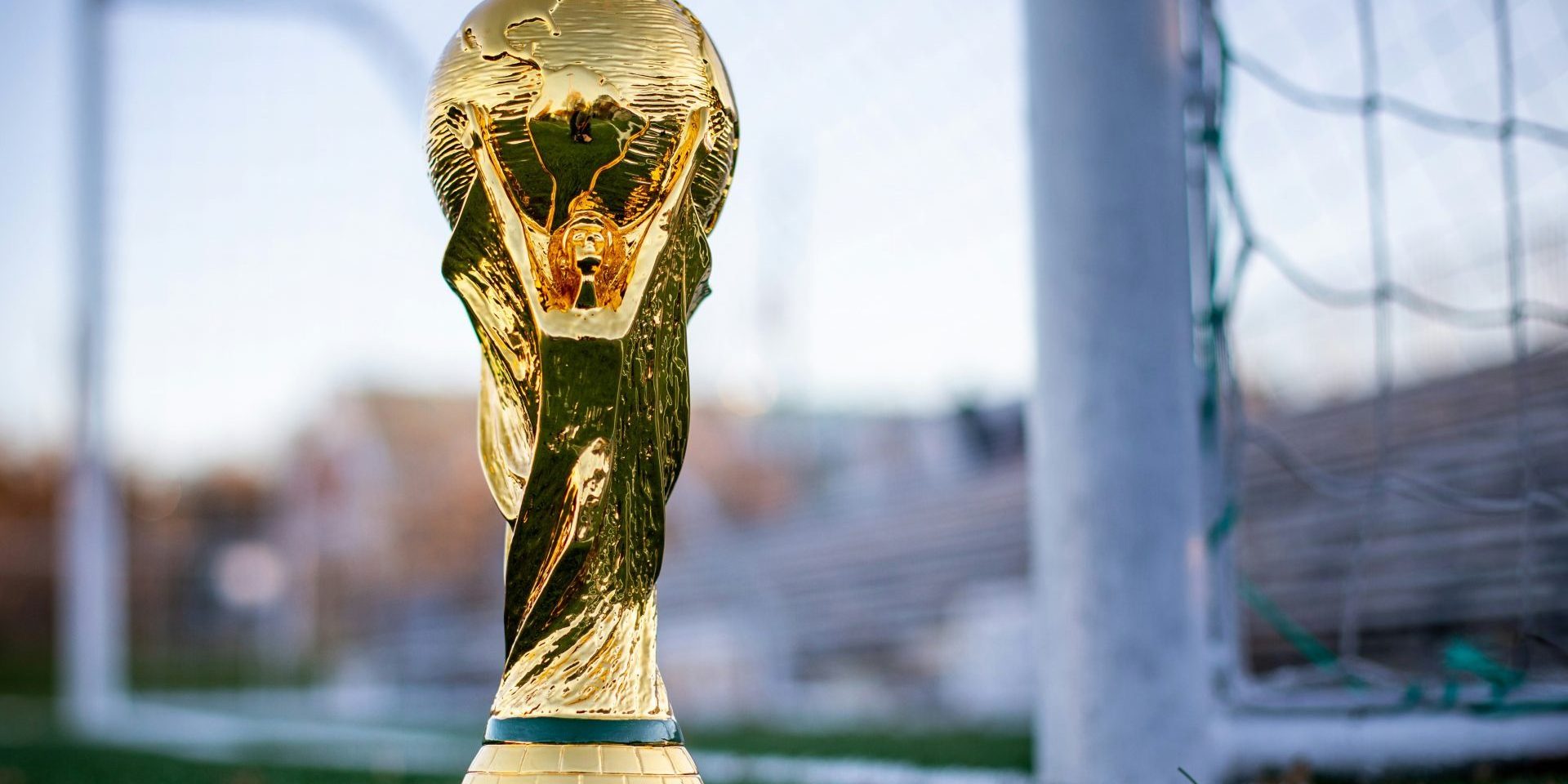
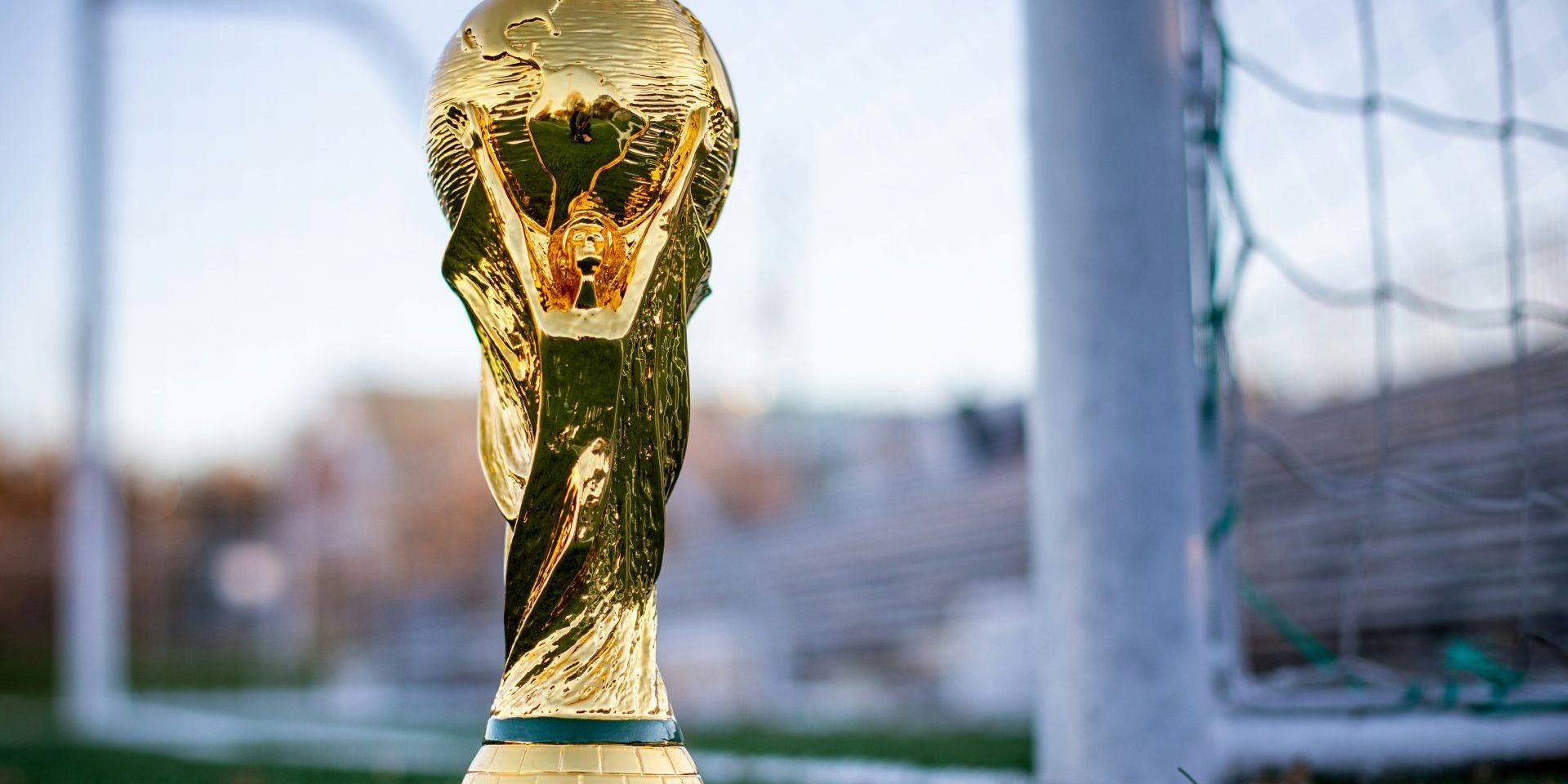
Table of Contents
The composition of the FIFA World Cup trophy often sparks the curiosity of soccer fans and observers around the globe, especially in the wake of the tournament’s heightened media attention. It is a common question as to whether the trophy is made of real gold. The World Cup trophy is indeed composed of 18-karat gold, which equates to 75% purity. The value of gold itself is significant; however, the trophy’s worth extends beyond the material costs due to its prestigious status in the sports world.
Despite its golden allure, the trophy is not a solid block of gold. The interior of the FIFA World Cup trophy features a hollowed space, which reduces the quantity of gold used in its creation. This detail is often overlooked when discussing the trophy’s overall value. Another point of interest is that the current trophy design, which has been in use since 1974, weighs approximately 6 kilograms and stands 36.8 centimeters tall, presenting an iconic symbol of athletic achievement in soccer on an international scale.
The history of the trophy includes a transition from the original Jules Rimet Trophy, which was used from the inception of the World Cup in 1930 until 1970, to the current FIFA World Cup Trophy. Over time, the trophy has become a significant part of soccer heritage, with its gleaming gold surface embodying the dreams and aspirations of footballers and fans alike around the world.
History and Evolution of the Trophy
The FIFA World Cup is not only a contest of football teams but also involves a symbol of victory, the FIFA World Cup Trophy, which has evolved over time, having been replaced once due to a series of unexpected events.
Origins of the Jules Rimet Trophy
Jules Rimet Trophy, crafted by Abel Lafleur, was first awarded in 1930 and remained the pinnacle award in global football until 1970. This gold-plated sterling silver trophy, depicting Nike, the Greek goddess of victory, stood for excellence in the football world. As stipulated, it was permanently awarded to Brazil after their third World Cup win.
Transition to the FIFA World Cup Trophy
In 1974, a new trophy was introduced, known as the FIFA World Cup Trophy. Distinguished from its predecessor, this 18-carat gold trophy with two human figures holding up the Earth, reflects the changing times and FIFA’s continuing legacy. Unlike the Jules Rimet Trophy, the new trophy is not awarded permanently to any nation; victors receive a replica to keep.
Notable Incidents and Thefts
The history of the World Cup trophies is marked by notable incidents. The Jules Rimet Trophy was stolen in 1966 while displayed at The Football Association exhibition in England but was recovered by a dog named Pickles. Again, however, in 1983, the trophy was stolen in Rio de Janeiro and believed to have been melted down by thieves. These incidents reflect the trophy’s allure and the lengths to which individuals would go to claim a piece of football history.
Design and Symbolism
The FIFA World Cup Trophy is an emblematic sculpture recognized globally. Its design and symbolism encapsulate human achievement and the universal love for football.
Artistic Features of the Trophy
Silvio Gazzaniga, the Italian artist who sculpted the FIFA World Cup Trophy in 1971, crafted a design of two human figures triumphantly holding up the Earth, symbolizing unity and human excellence in the sport. The trophy stands 36.8 centimeters tall and weighs 6.175 kilograms, comprising 18 karat gold with a base of two layers of malachite. Contrary to what some might believe, the trophy is not made of solid gold, which would considerably increase its weight and make it difficult to lift. Instead, it is hollow.
Influence and Meaning of the Design
The design is deeply symbolic, evoking the theme of victory and achievement. The depiction of human figures striving upwards reflects the pinnacle of success in the global football competition. Moreover, the choice to include a representation of the globe highlights the international nature of the contest. The goddess of victory is indirectly honored through the design, as it conveys the spirit of excellence and overcoming challenges, values that are central to competitive sports. The trophy effectively honors the Greek goddess of victory, Nike, not literally in form but in its essence and purpose. The design of the FIFA World Cup Trophy is now an official symbol of ultimate achievement in football, transcending language and cultural barriers to become one of the most recognized sports awards in the world.
Composition and Craftsmanship
The prestigious FIFA World Cup trophy boasts a combination of rare materials and detailed manufacturing. It symbolizes the zenith of football success and showcases fine craftsmanship.
Materials Used in the Trophy
- Core Material: Primarily made of 18-karat gold, which contains 75% pure gold mixed with other alloys to enhance durability.
- Weight: Approximately 6.175 kilograms of 18-karat gold.
- Base Material: The trophy’s base consists of two layers of malachite, a green semi-precious stone set on the bottom.
- Replicas: Winners receive a bronze replica of the original trophy, which is gold-plated, not made of solid gold.
Manufacturing Process and Craftsmen
- Designer: The current trophy was designed by Silvio Gazzaniga, an Italian sculptor.
- Manufacturer: Produced by Stabilimento Artistico Bertoni (GDE Bertoni), a Milanese company known for crafting sports awards.
- Procedure: Craftsmen at the Stabilimento Artistico Bertoni company handle the intricate task of forming, chiseling, and polishing the gold and other materials.
- Expertise: Both sculptors and chemists work together to ensure the trophy’s durability and luster, skillfully combining artistry with science.
Ceremony and Presentation
When the final whistle blows at the FIFA World Cup, the ceremony and presentation become a focal point for millions around the world. It is a moment where the victorious team’s years of preparation, skill, and determination are celebrated.
World Cup Winners
The captain of the winning football team ascends the podium, ready to receive the FIFA World Cup trophy. Amid resounding cheers, the FIFA president, alongside other officials, presents the captain with the trophy. The Brazilian Football Confederation has experienced this honor multiple times, as Brazil is one of the most successful teams in World Cup history.
Argentina’s triumph in 2022 saw their captain, Lionel Messi, lifting the iconic gold trophy high above his head, an image etched in the memory of football fans globally. Traditionally, the winners also receive gold medals to wear around their necks, commemorating their victory.
After the captain has received the trophy, the rest of the players follow to collect their medals, often taking turns to hoist the trophy themselves. The team, coaching staff, and supporters indulge in the jubilation of their hard-won achievement, with many players taking a moment to kiss the trophy, a symbol of pinnacle success in football.
The celebration spills onto the field as fans in the stands and viewers at home witness a spectacle filled with joy, pride, and national colors. This ceremony marks a peak in the careers of the players and a historic moment for their country.
Cultural and Monetary Value
The cultural significance and the economic worth of the FIFA World Cup trophy are of global interest. The trophy not only represents the pinnacle of football achievement but also possesses a high monetary value, making it a coveted item.
Symbolic Importance and Public Interest
The FIFA World Cup trophy is a symbol of the highest achievement in football, capturing public interest and the aspirations of nations. As an object of immense cultural importance, it stands as the physical embodiment of success in the global sport. Football fans from all corners of the Earth recognize its iconic status, and its presentation is a moment of peaked global viewership. Notably, the World Cup trophy tours with sponsors like Coca-Cola, increasing its visibility and reinforcing its status as a cherished symbol.
Economic Valuation of the Trophy
The trophy’s economic valuation is substantial due to its composition and prestige. Made of 5 kg of 18-carat gold with a value estimated at $243,363, the trophy is far from being the most expensive sports award; for instance, the Woodlawn Vase of the Preakness Stakes is worth more. Despite its value, the original trophy is not owned by the winning team in perpetuity; instead, it remains with FIFA and is housed at the FIFA World Football Museum in Zurich. Winners receive a replica to keep, which means the original FIFA World Cup trophy continues to hold its value across successive tournaments, including the 2022 FIFA World Cup held in Qatar.


